10 Email Etiquette Rules for Your Business
Zeynep Avan
Style of communication changes so rapidly that you might find it hard to follow. These changes occur in all types of communication, including formal and informal; internal and external ones.
Starting from the student years, many of us use emails to communicate with people. Most of the time, you cannot simply text “sup” to those people, since it is a formal communication. If you take part in professional life, emails are an irreplaceable part of your daily life.
You probably do not talk to your mother the same way you talk with your friends. Similarly, you do not talk to people in the workplace the same way you talk to your family.
Plus, our new normal is remote working. This means more emails are sent between co-workers.
If this is the case, you are probably familiar with the confusion that comes with writing an email to someone. I admit it can be tough, especially deciding how to enter your email or how to end it.
“Dear ..”, “Hi” or “Hello”? Is it appropriate to end your email with an emoji?
When you get confused about the ideal way to talk to your colleagues, email etiquette codes are your perfect guide.
Fortunately, these can be your guide in deciding whether to use that word you want to or replace it with another.

What is Email Etiquette?
Email etiquette refers to generally accepted codes on how to write a proper email.
Email etiquettes include standards of politeness, language, grammar, and manners for people who use emails as a way of communication.
Different email etiquettes are followed in different areas like education, business, etc.
These principles of behavior and manner are subject to change depending on the person you are writing to.
Why Should You Follow Email Etiquette Guidelines?
In 2021, it is calculated that email is used by 4.03 billion people worldwide. It is also expected to grow to approximately 4.48 billion by 2024.
When the use rate is that high, it is impossible to think of email as just writing some words.
- You need to follow email etiquette guidelines in order to communicate properly. Email etiquette is great for communicating in a proper, clear, and respectful way with the people you work with.
- These groups of rules regulate the standard of communication in your company. This is important for consistency and clarity for both internal and external communications.
- These rules allow you to decide on a proper manner of approach depending on who you are writing to and accordingly, to create the best impact on the individual you are speaking to.
Emails are also the most common distribution medium for content marketing experts. According to a study, 79% of marketers rely on email to spread their new articles or blog posts.
In short, we can say that with proper email etiquette, you can achieve the professionalism you want in any area of your workplace.
Whether you are emailing someone for the first time, or to a person you frequently talk to, it is best if you follow certain email etiquette rules.
What are the 10 Rules of Email Etiquette?
Here are some email etiquette tips to improve your internal and external communications in the workplace.
- Identify your purpose and objective
Clarity is important for everyone. If you identify your purpose for writing the mail, expressing yourself in a clear and direct way becomes easier.
· The recipient should understand what? Focus on what you are trying to explain.
· Make sure you don’t include unnecessary details.
· Don’t wander off the subject.
2. Subject line is your danger line
At first glance, the subject line determines the first impact of your mail. If you have a clear and direct subject, you are more likely to get the attention you want from your recipient.
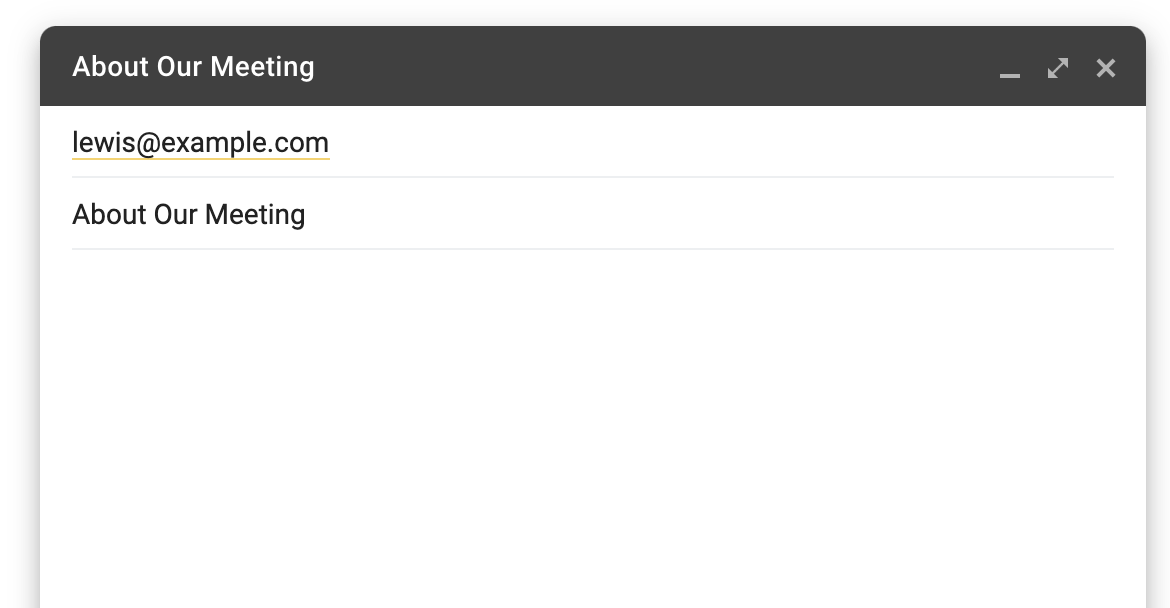
Your subject line should consist of a call to action statement if necessary and include an emoji that can take attention.

If your mail doesn’t have a clear subject, it will probably end up in the trash bin since emails with no subject seem suspicious to most people. Warning, spam alert!
Your subject line should be,
· A summary of your mail or purpose
· Clear and free of details
· Short but meaningful
· Piquant if you are mailing someone for the first time
· Use emojis to take attention
If your statement is plain and not very explanatory, it will sound boring and insufficient to the recipient.
- Salutations: Salute mi familia!
People sometimes underestimate the importance of greeting in an email. However, the salutation is the first part of your email and it is the first step in the creation of your image.
After your subject, the first thing your recipient reads is your salutation.
If it is not formal enough, you might seem unprofessional. If it is too formal, you might seem careless or insincere.
So, make sure that you:
· Do not make any misspellings, especially if you include a name in your greetings.
· Choose your salutation words wisely. If the recipient is someone you talk to frequently, a simple “Hi” or “Hello” would be enough. But, if it is your first interaction with the recipient, your entrance should be more professional.
· Do not feel the obligation to change your greetings in each email with the same person.
It can be seen as very careless to misspell the receipt’s name.
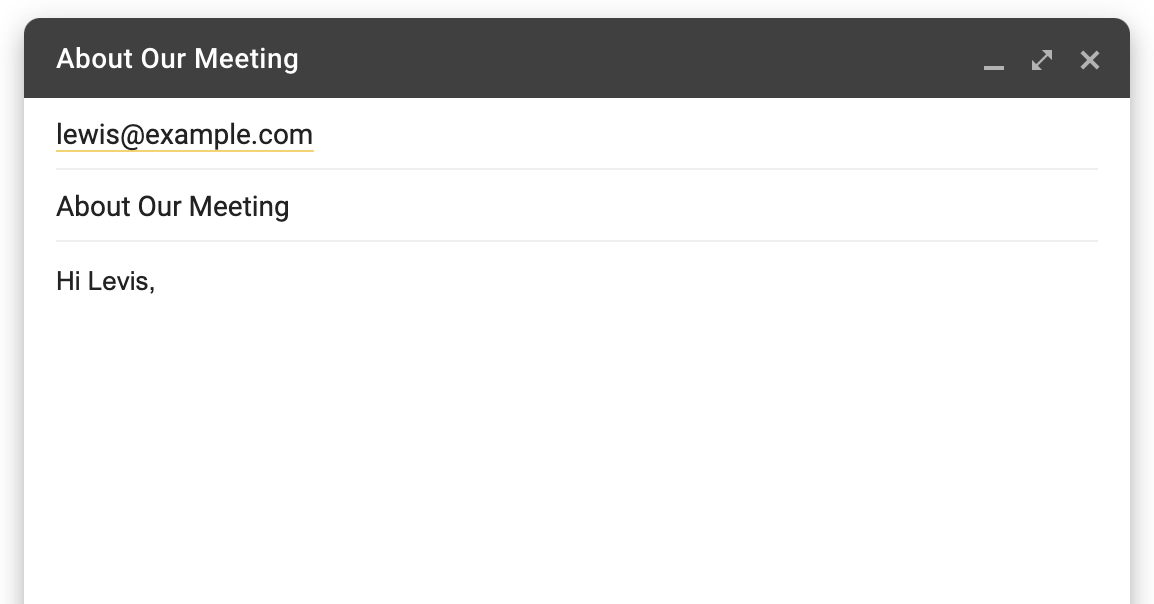
If it is the first time, you should start with “Dear” and pay attention to the spelling of their names.
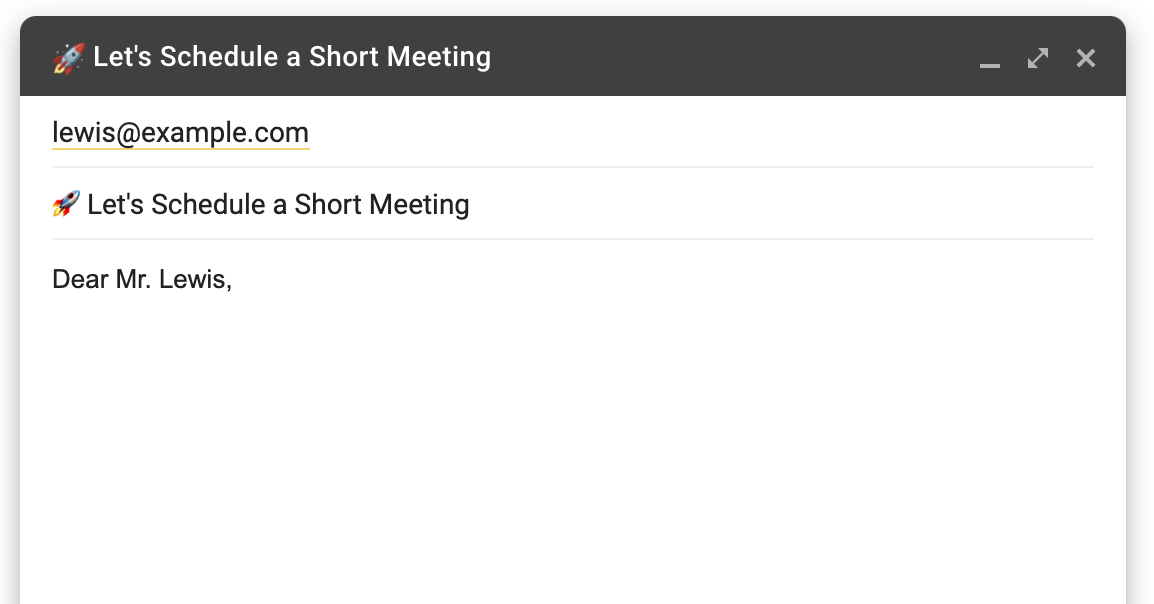
Don’t overdose follow-ups
Following up on an unanswered email and sending reminder messages are good ways of showing care to other parties. It makes them feel you are showing interest in their ideas or replies.
But there is a thin line between showing care and being too spammy.
If they are not responding anyway, a follow-up email might become your worst enemy. People may get annoyed and again, you can find yourself in a spam box.
· Watch out for the timing. Wait at least 4 days before sending a follow-up mail.
· Do not send the second or third follow-up until it is a very important case.
· Consider a phone call instead of more follow-ups.
First shot.
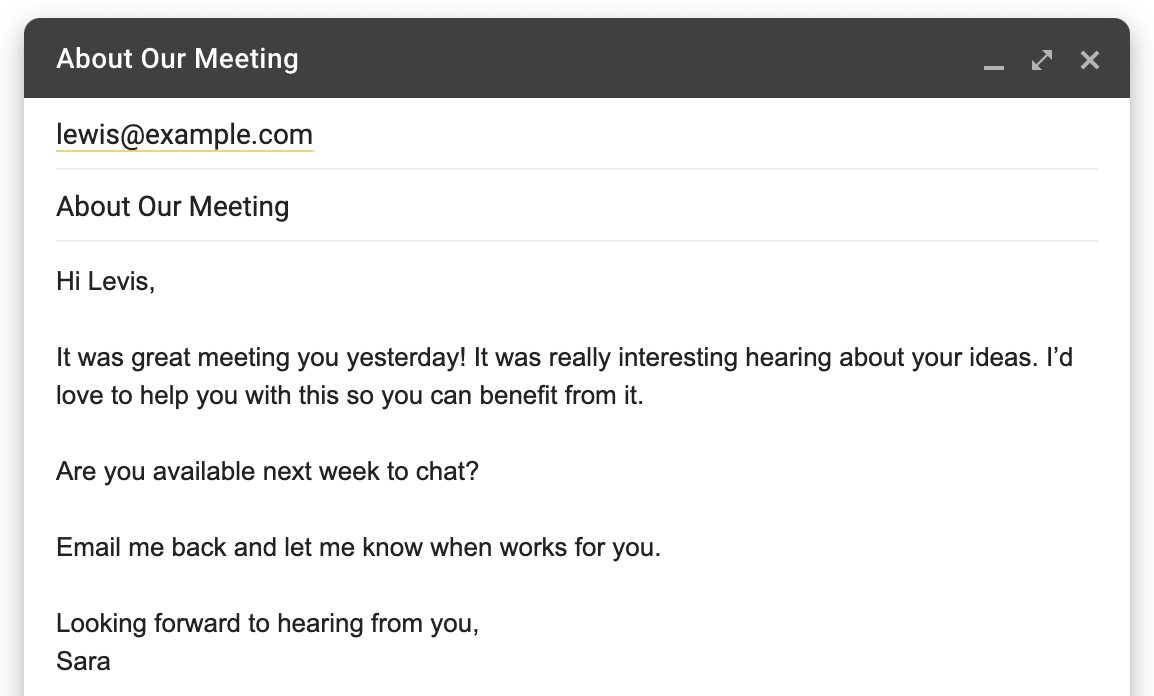
Second shot.
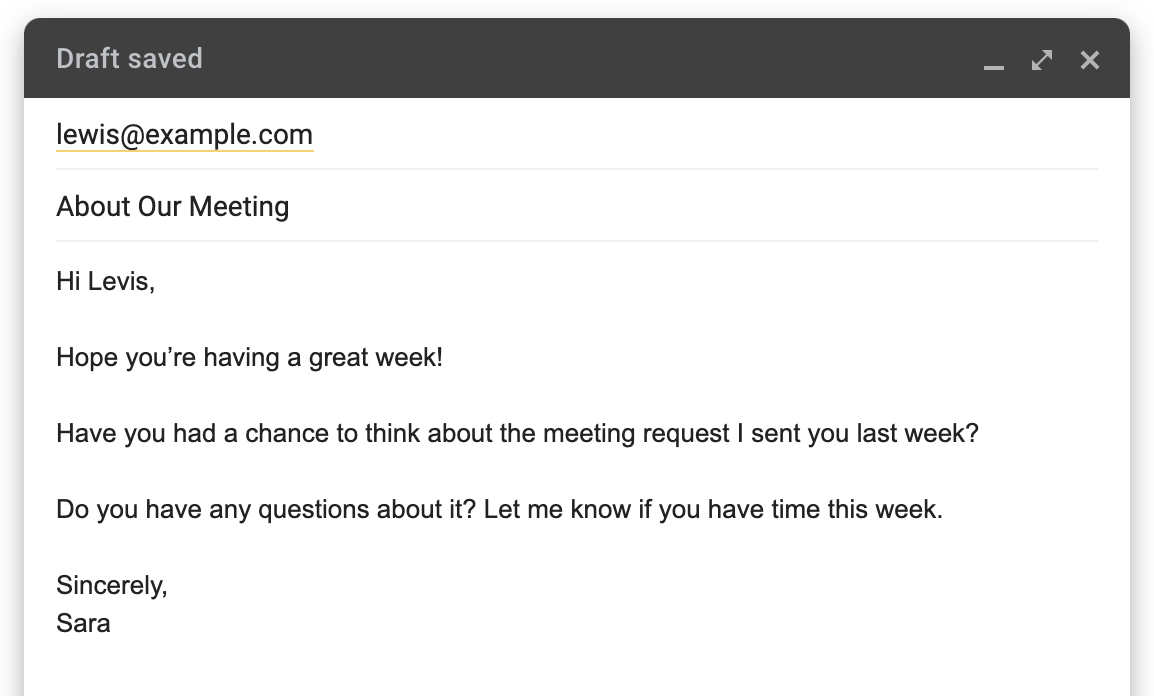
Last shot. Fail.
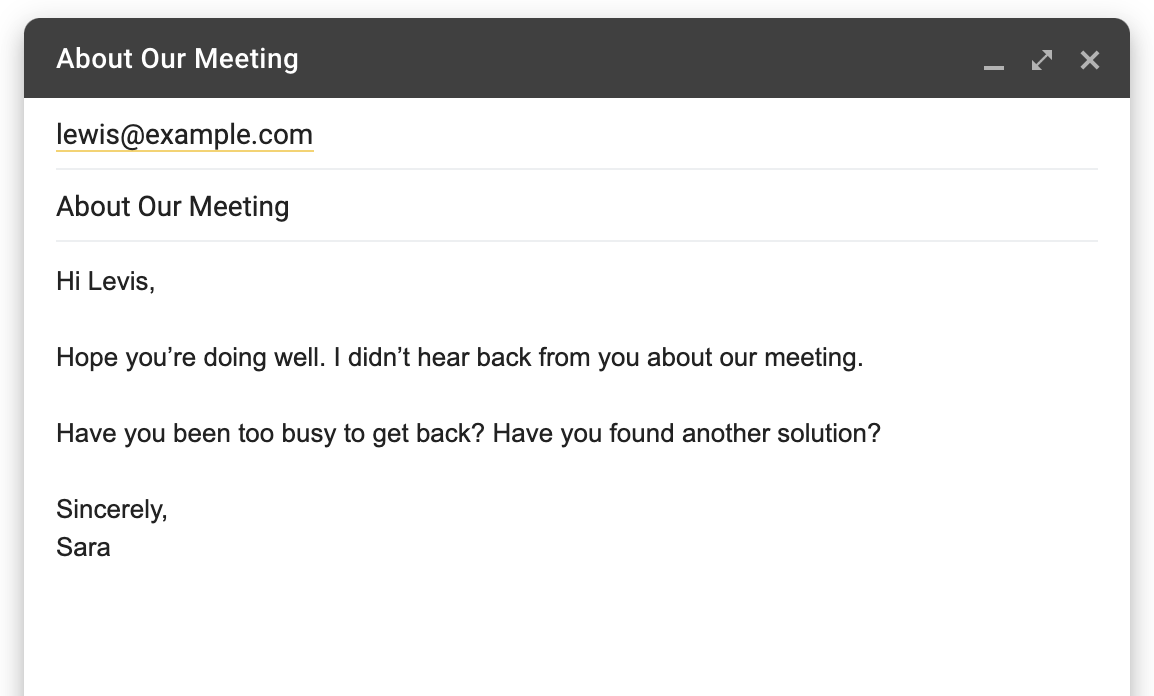
- Have a proper format and make it flow.
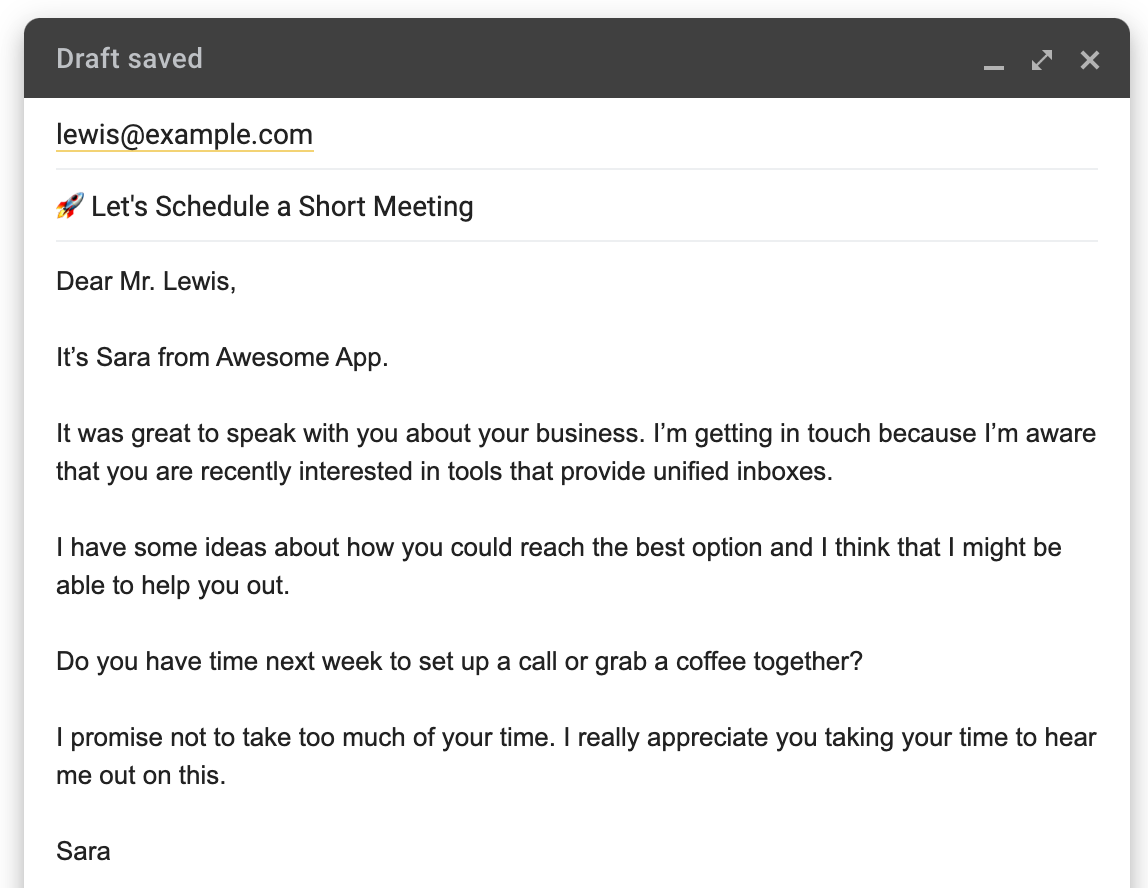
Your email should have a good format according to email etiquette rules.
You should first start with a subject line as we stated earlier. It should explain what the email is about in a short and clear way.
Greetings! If you know the recipient’s name, don’t go with “Hi there”. Besides, people love to be called out with their names. You can later ask how their life is going with their workflow in a proper greeting format.
Write the purpose of this email in the body and give your main message.
End the email with your signature, including your name and the company name.
- Pay attention while using the reply-all button.
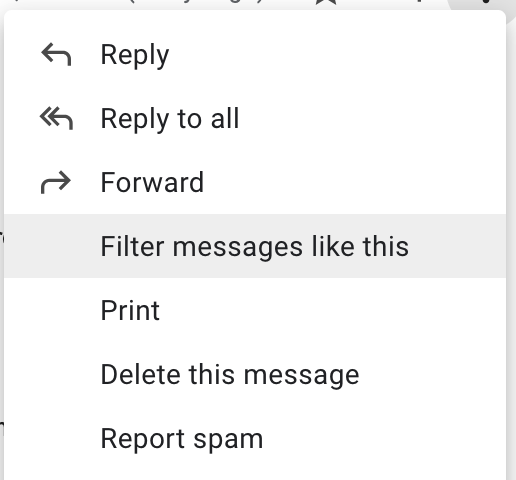
Email etiquette cc rules only consist of paying attention basically. You should watch your click actions while replying to an email because.
You might have a private mailing with your CTO who was cc’d on that email before answering. You don’t want to share your private mail with the rest of the 15 people who were also cc’d.
So, make sure that your private mail remains private.
- Proofread before hitting the road send.
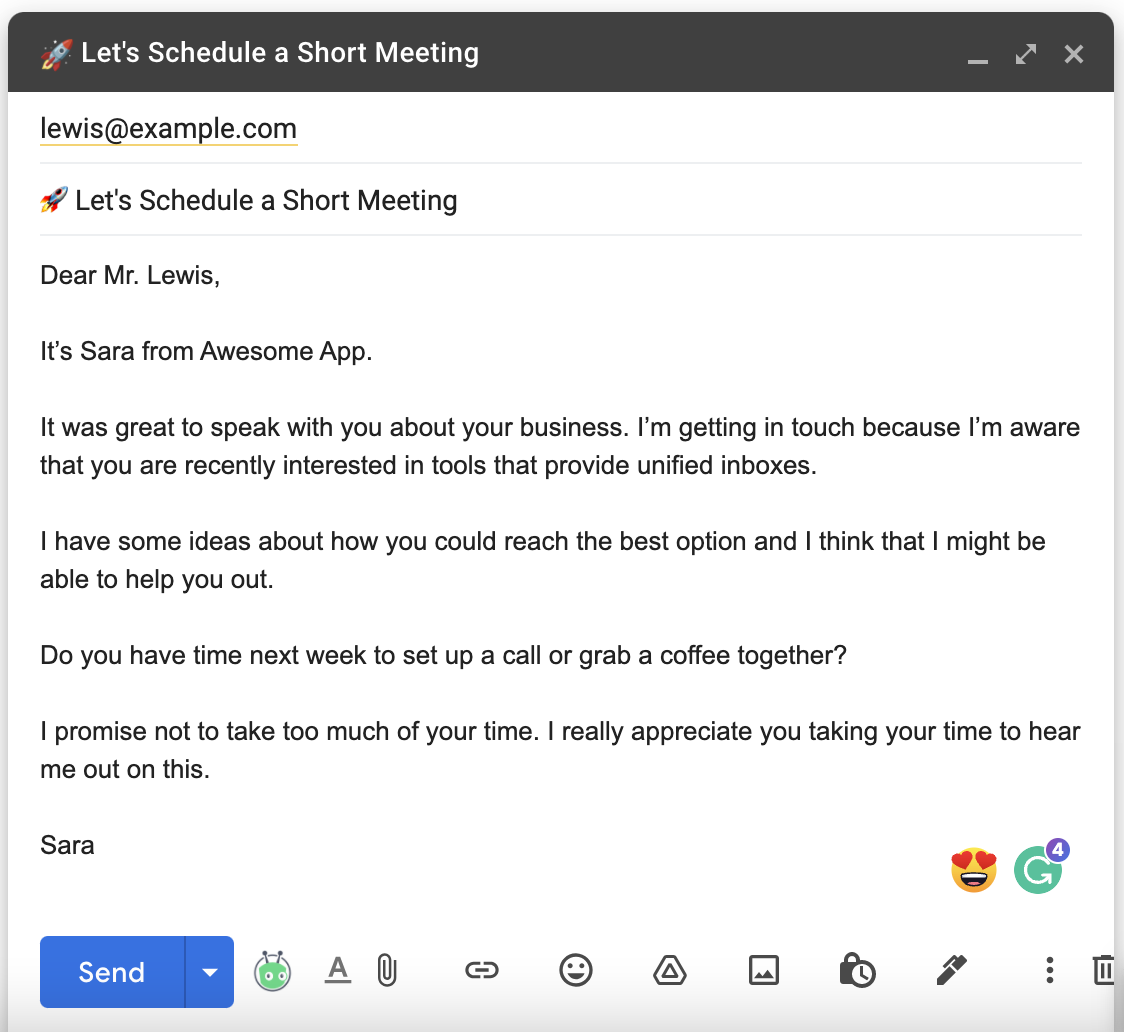
Proofreading is everything for each written text. Sometimes, a single typo can ruin your professionally designed email. It might give the wrong message if you are not giving the necessary attention to them.
· Before hitting the send button, you should always check your text.
· You can use automatic correction tools and services like Grammarly.
- Beware of cultural differences.
Cultural differences may cause misunderstanding as much as they can cause in real life. If you are sending an email to someone who is from another culture, you need to have sufficient information about their culture and lifestyle. Otherwise, you can be misunderstood while trying to be sincere and funny.
· Make a search about people or companies you will contact with
· Watch out for your language while writing an email
- Don’t go in all caps.
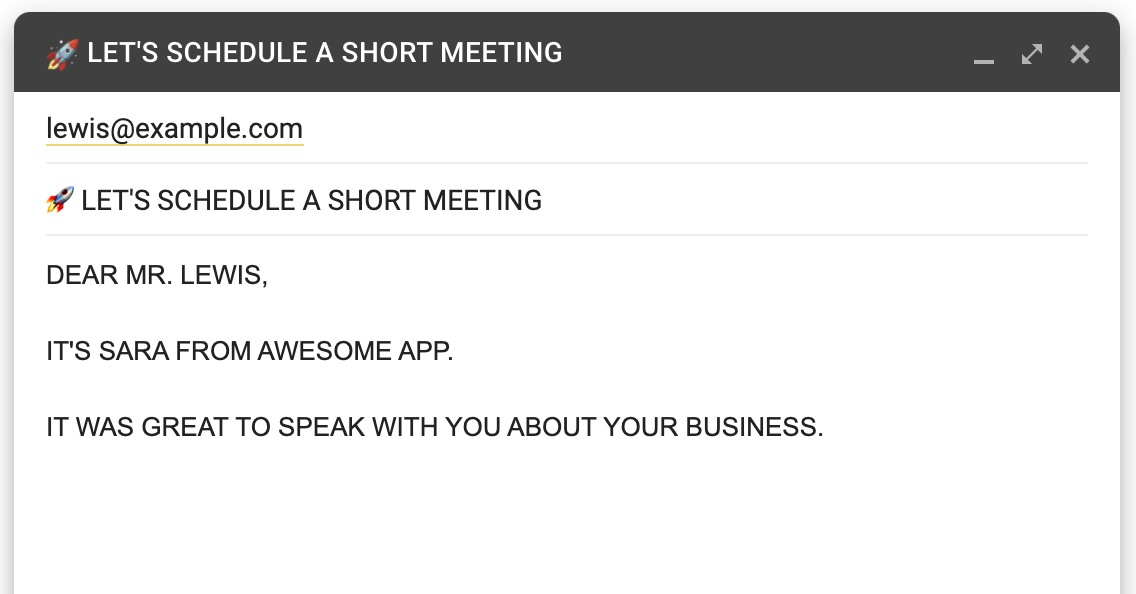
All caps mean shouting in texting language. HOW DO YOU FEEL WHEN YOU ARE READING THIS? I assume that you feel in danger and I look aggressive.
Capitalizing all your letters might awaken a feeling of shouting in the recipient. Avoid doing so until it is so urgent or important vitally.
- Humor is good, but only to a certain extent.
People sometimes can be too humorous to pay attention by being funny and sincere. Too much fun is bad, but too much Campaign is just right.
See, this seems a little inappropriate. You need to find the balance between being formal and informal. Avoid humor to a certain extent; slang, shortcuts, and jargon.
Bye Felicia means a cold way of dismissing someone in slang.
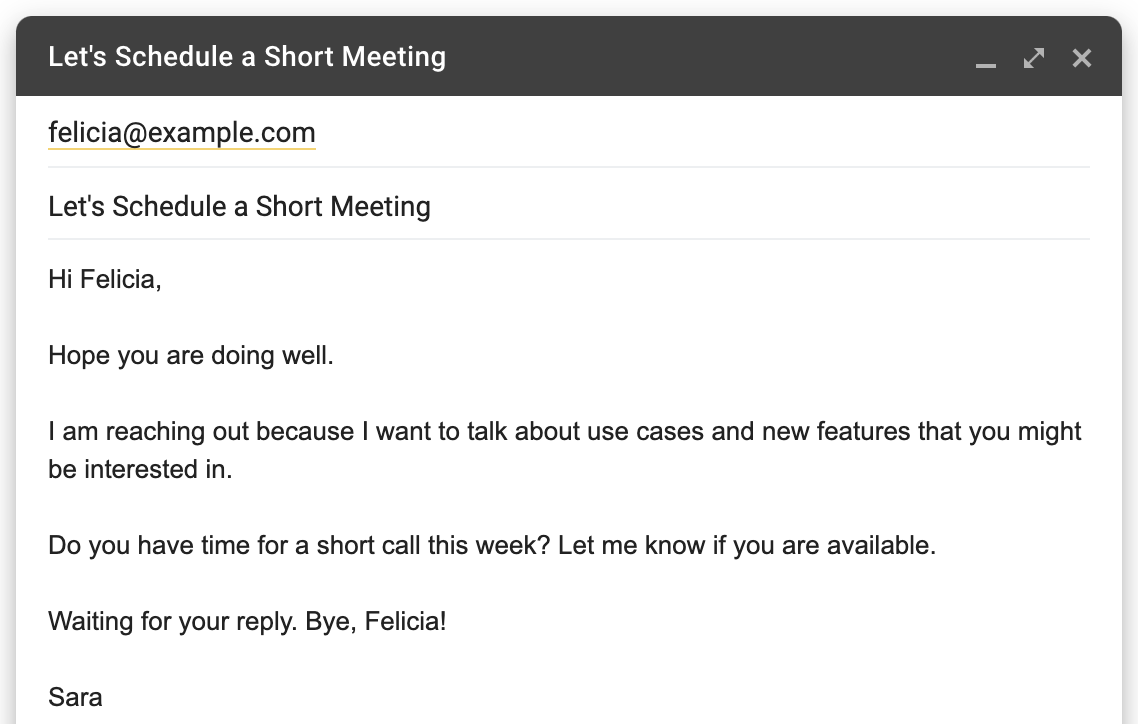
Wrap Up
Almost everyone uses emails to communicate. However, not many of them give the necessary attention to email etiquette rules for better communication.
Poor subject lines, lack of objectives, inappropriate humor, unclear statements, and unfortunate misunderstandings can result in looking unprofessional in the eyes of the other party.
We’ve collected the best email etiquette rules for you to follow for professional communication. These email etiquette tips will make your communication far better!
